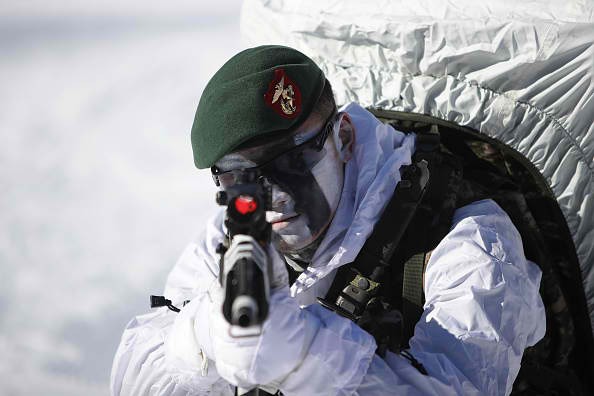The Stockholm International Peace Research Institute (SIPRI) released a report indicating that the global arms trade is at the highest level--even higher compared to the trade during the Cold War.
The demand for armaments was increased from the Middle East and Asia in the past five years. The report also stated that 43 percent of global imports were from Asia and Oceana.
The rise of demand rose even further by 7.7 percent in 2012 to 2016 compared to the trade that commenced between 2007 and 2011.
The institute revealed that the global arms trade value reached a high volume has also increased due to the large consumption base of the Middle East and the Gulf.
According to the institute's statement, "Transfer of major weapons in 2012-16 reached their highest volume for any five-year period since the end of the Cold War."
Pieter Wezeman, the Senior Researcher with the SIPRI Arms and Military Expenditure Program, said, "Over the past five years, most states in the Middle East have turned primarily to the U.S. and Europe in their accelerated pursuit of advanced military capabilities."
The global arms trade was observed to have an uphill trend despite the low price of oil from the oil-rich countries.
Wezeman added, "Despite low oil prices, countries in the region continued to order more weapons in 2016, perceiving them as crucial tools for dealing with conflicts and regional tensions."
The biggest exporters of weapons are the U.S., Russia, China, Germany, and France. These countries comprise 75 percent of the entire world's weapons market.
In the Middle East, the top exporter is the U.S. and France. While in Asia, the market is dominated by Russia and China.
The institute also reported that in the U.S., military expenditure rose by 50 percent and increased from $1.14 trillion in 2001 to $1.76 trillion in 2015. Total expenditure in the Middle East is $181 million.



























